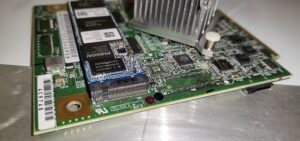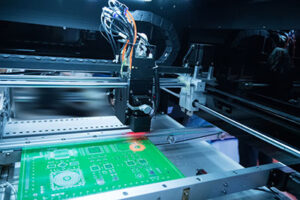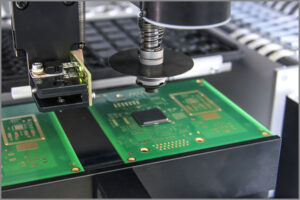Sink and plating processes are frequently used in the production of PCBs. Many customers are unable to properly differentiate between the two. Some customers believe that there is no difference between the two. This is a very wrong view and must be corrected in time.
Auto Sync with Cloud
No manual interaction required to synchronize with cloud services.
First, what is gold plating?
We are referring to the whole gold plated plate, generally “electroplated gold”, “electro-nickel plated gold plate”, “electrolytic gold”, “electro-gold “, “electro-nickel plate”, there is a difference between soft gold and hard gold gold (usually hard gold). The principle is to dissolve nickel and gold (usually called gold salt) in a chemical potion, sink the board into a plating bath, and then turn on the current in order to form a nickel-gold coating on the nickel. Immersion nickel-gold is widely used in PCB assembly due to its high hardness, wear resistance and oxidation resistance.
Second, what is sinker gold?
Sink gold is formed by a chemical redox reaction method. It is usually thicker and is a chemical nickel gold deposition method that can achieve thicker gold layers.
Third, what is the difference between sunken gold and gold plating?
1. Usually, sunken gold is much thicker than plated gold. The gold content is more adequate and customers are more satisfied with sunken gold. The two form different crystal structures.
2. Because of the different crystal structures formed by submerged gold and gold plating, submerged gold is easier to solder than gold plating and will not cause poor soldering results or customer complaints. Also, because sink gold is softer than gold plating, fingerboards are usually gold plated and hard gold plated.
3. The sink plate has nickel-gold only on the mat layer, and the signal transmission effect on the surface layer is not affected by the signal of the copper layer.
4. Compared to gold plating, sunken gold has a more dense crystal structure and is less susceptible to oxidation.
5. As the wiring becomes denser, the wire width and spacing has reached 3-4 MIL. gold plating tends to short out the gold wires. Immersion gold boards have only nickel-gold on the pads, so there are no gold wire shorts.
6. The solder on the line is more firmly bonded to the copper layer because there is only nickel-gold on the pads of the countersunk board. When performing compensation, this item does not affect the pitch.
7. Submerged gold is generally used for demanding circuit boards with better flatness, and submerged gold will generally not show black cushion after assembly. The flatness and standby life of a sinker board is as good as that of a gold board.
The above is the difference between submerged gold and gold plating. Gold is very expensive in the market. Many manufacturers have been reluctant to produce submerged gold in order to save costs, but only submerged gold with nickel gold on the pad is much cheaper. I hope this article can provide you with reference and help. If you want to learn more about the process and technology of PCB circuit boards, you can contact us. We are a professional PCB board manufacturer and can answer your questions one-on-one! Also, if you are interested in PCB boards, you can contact us, and we can provide you with high quality PCB boards, please feel free to contact us!
















